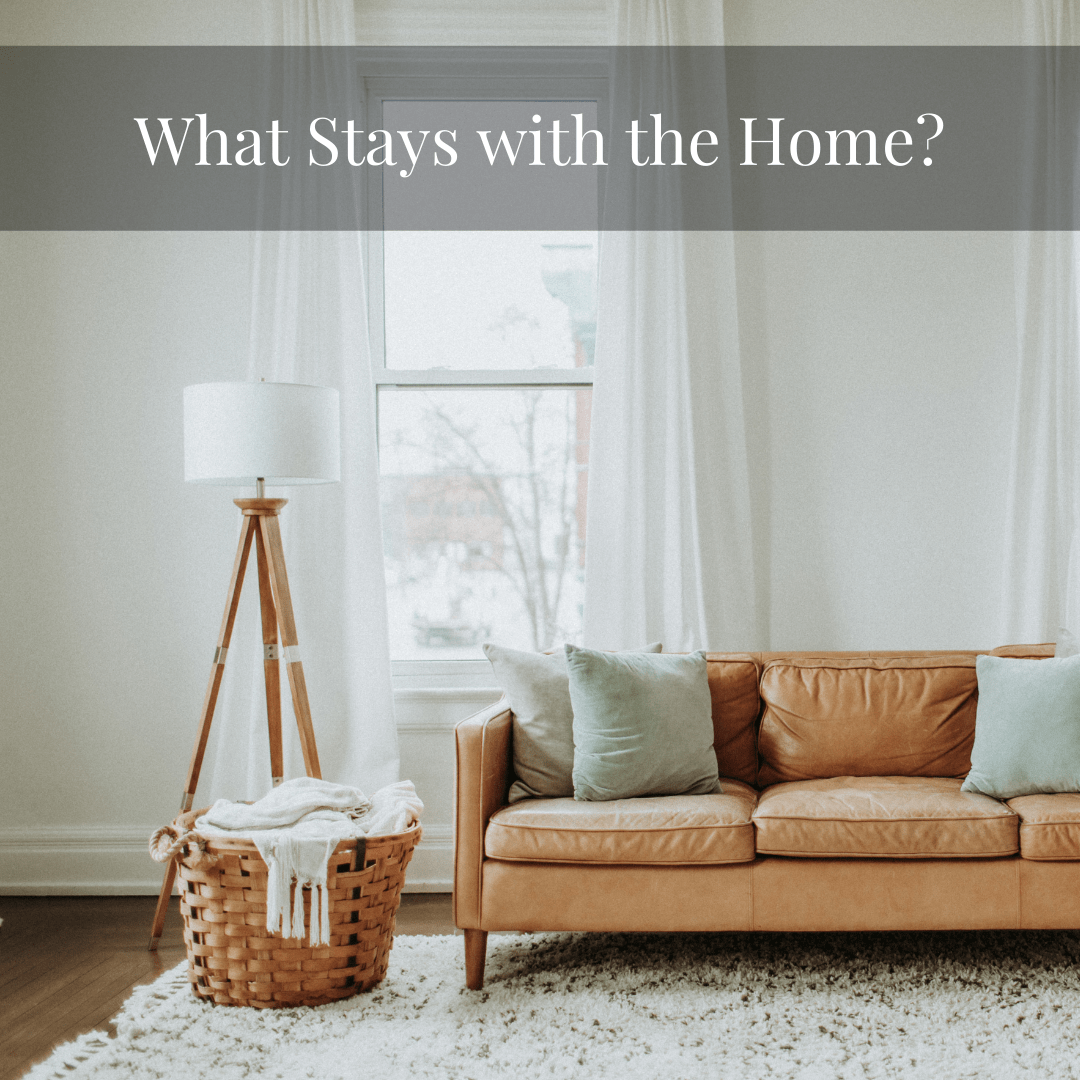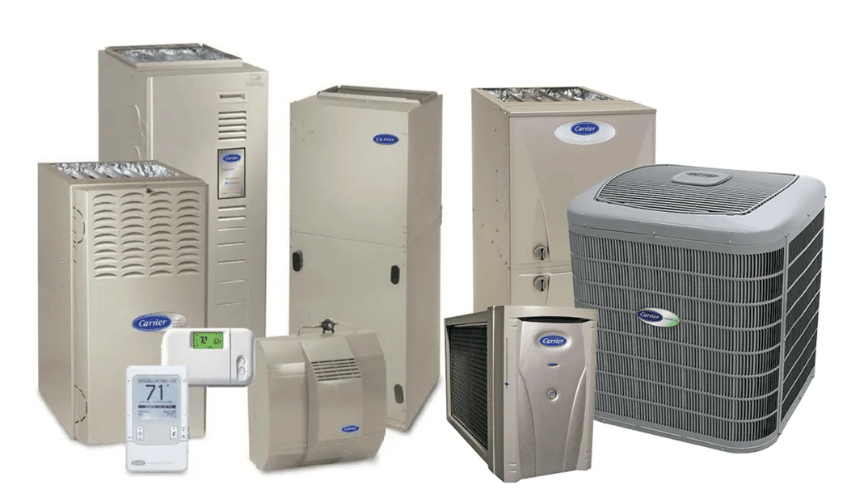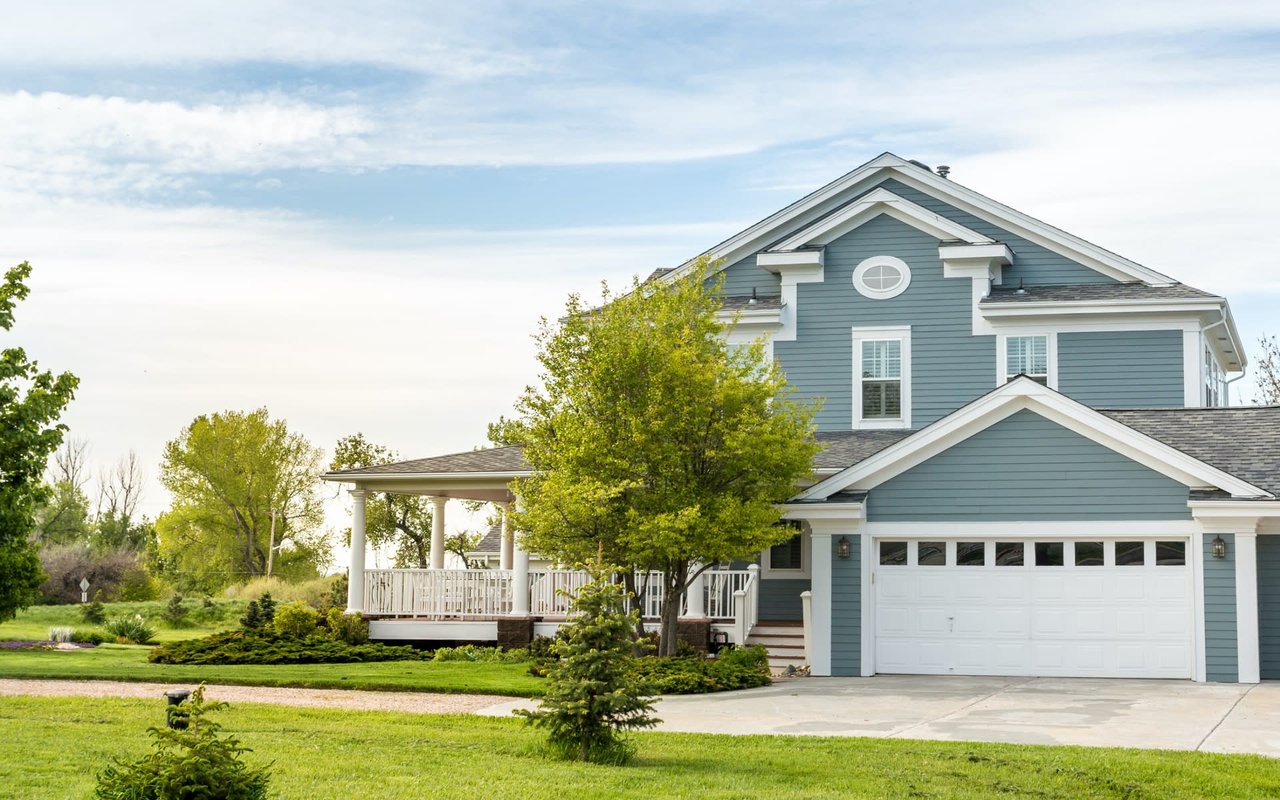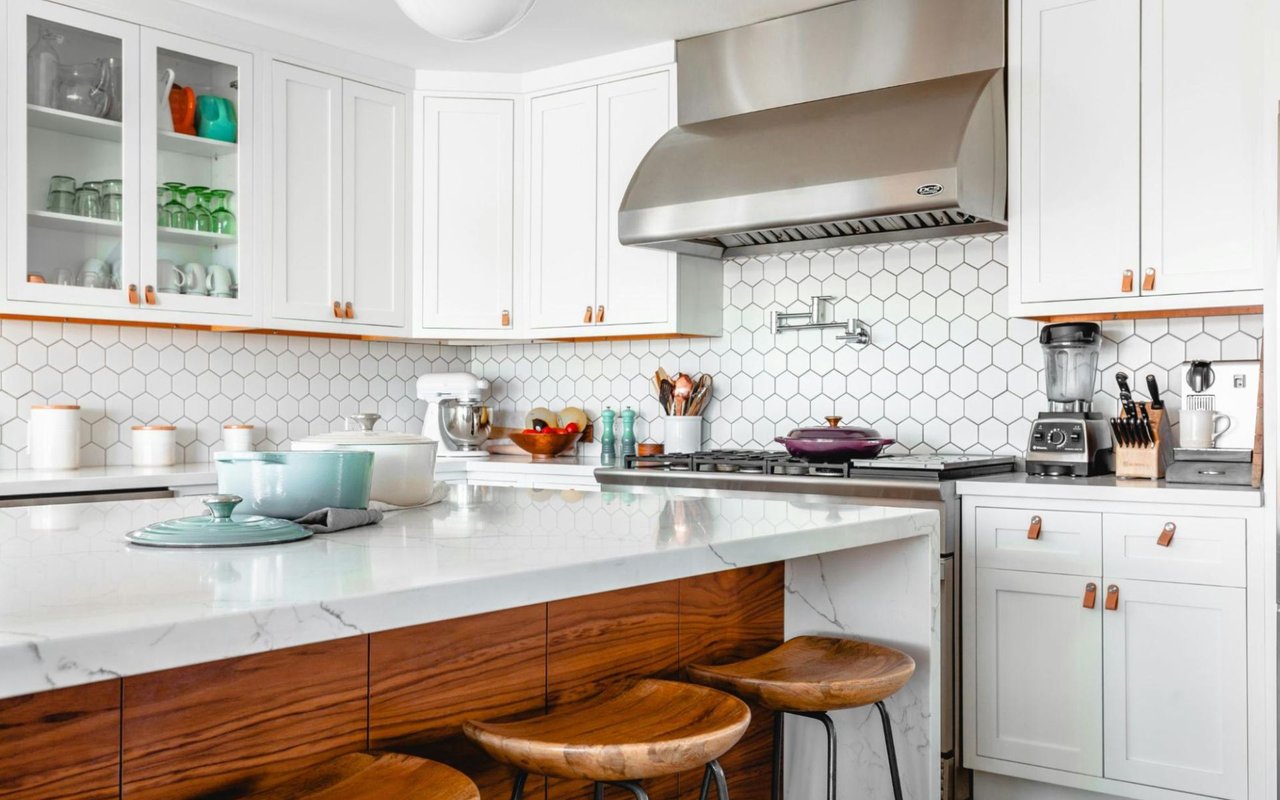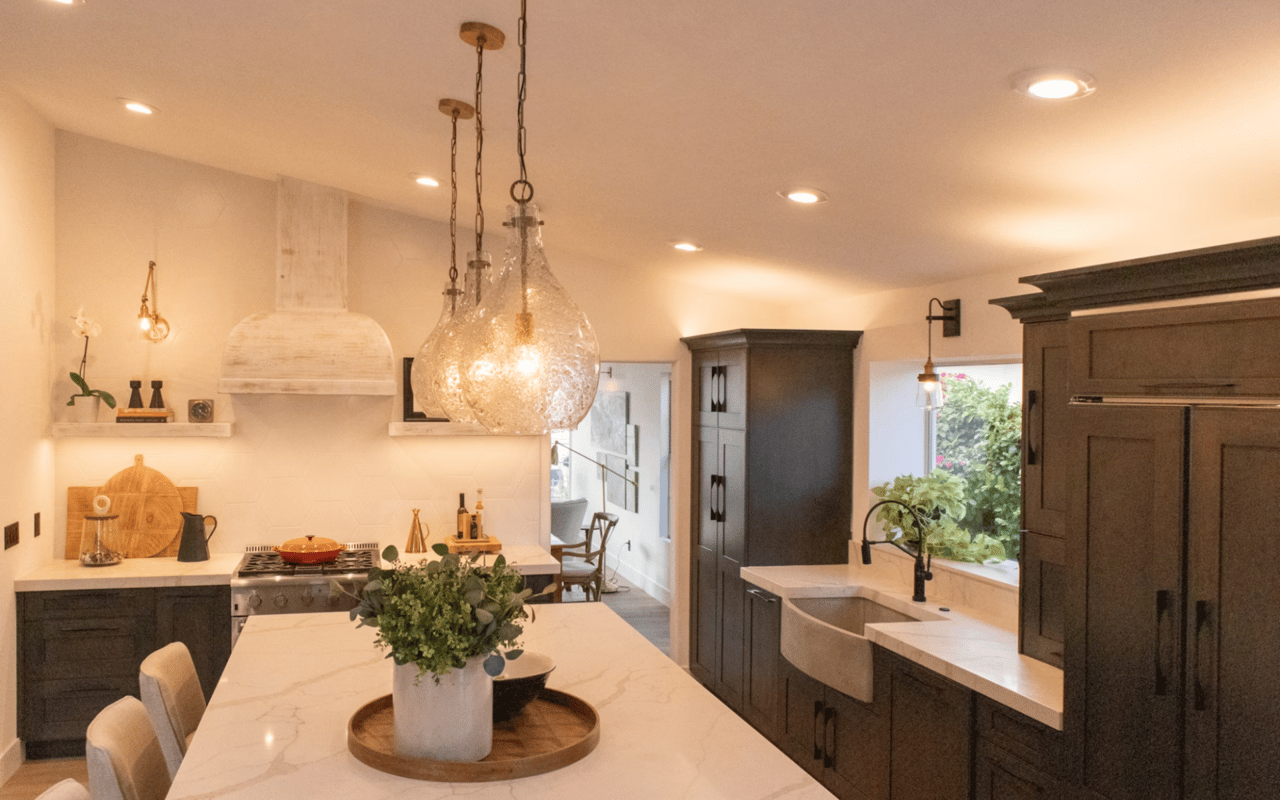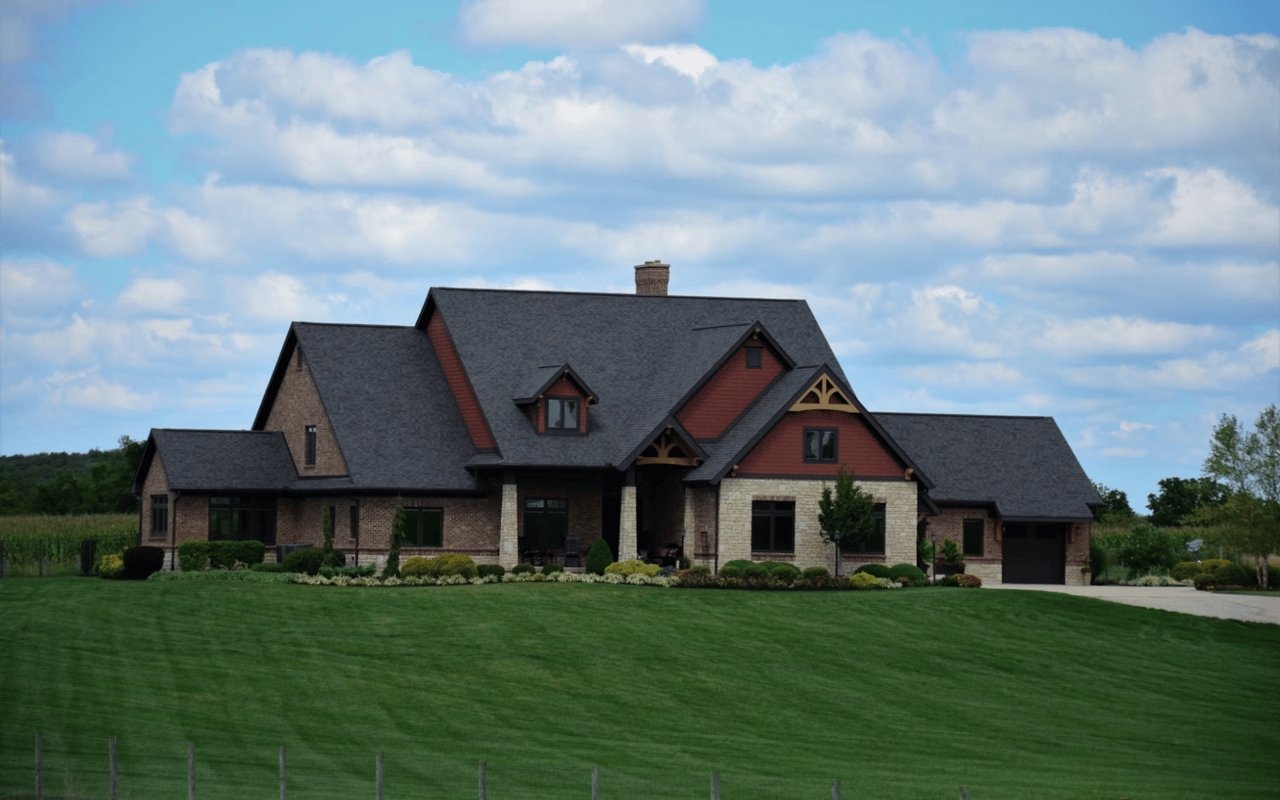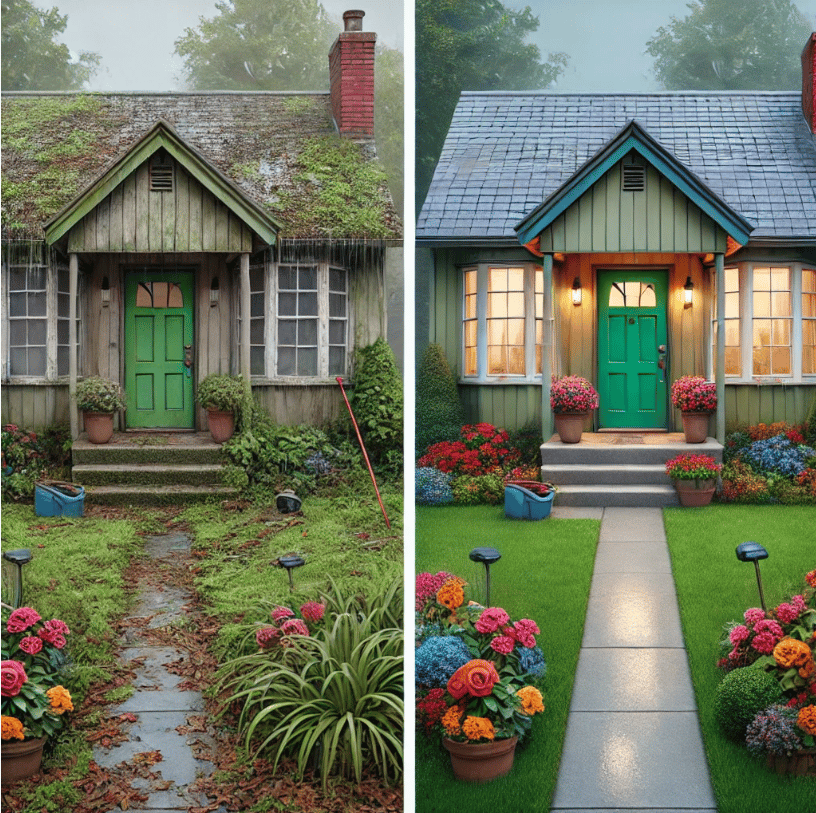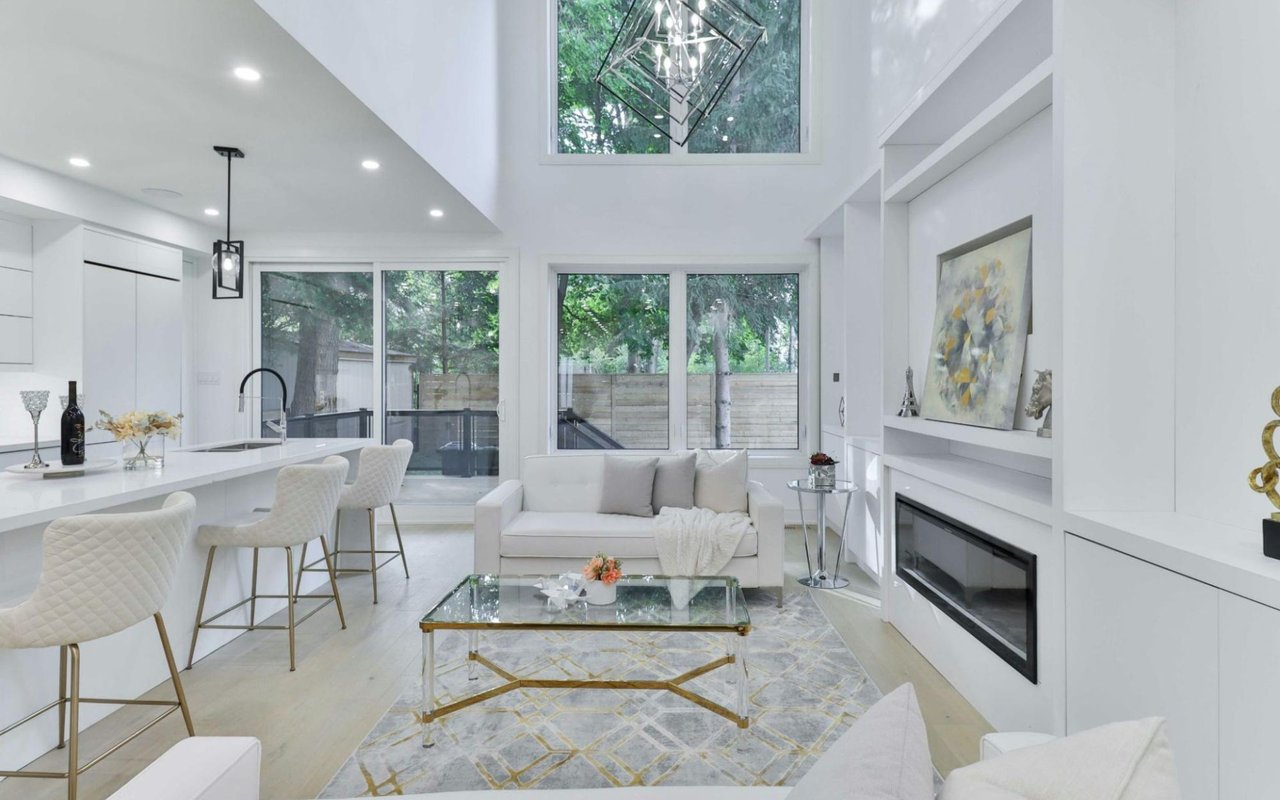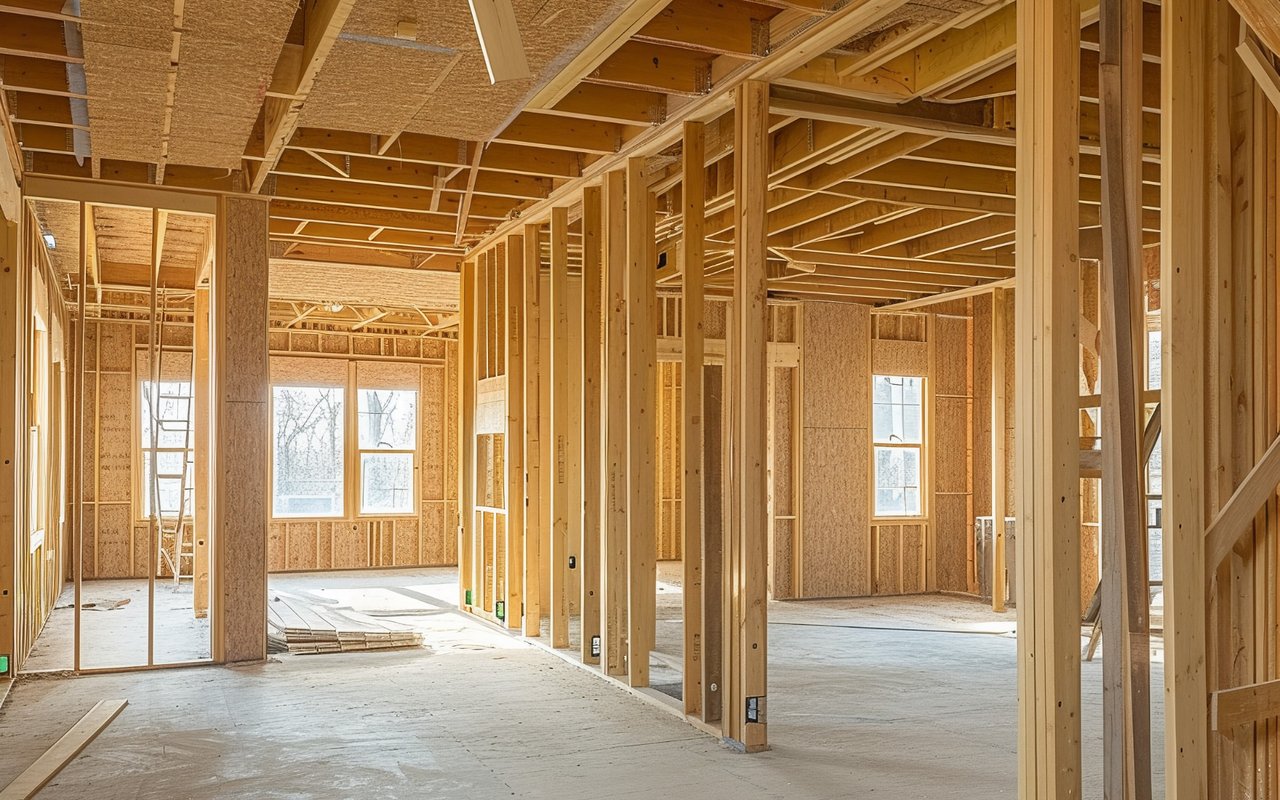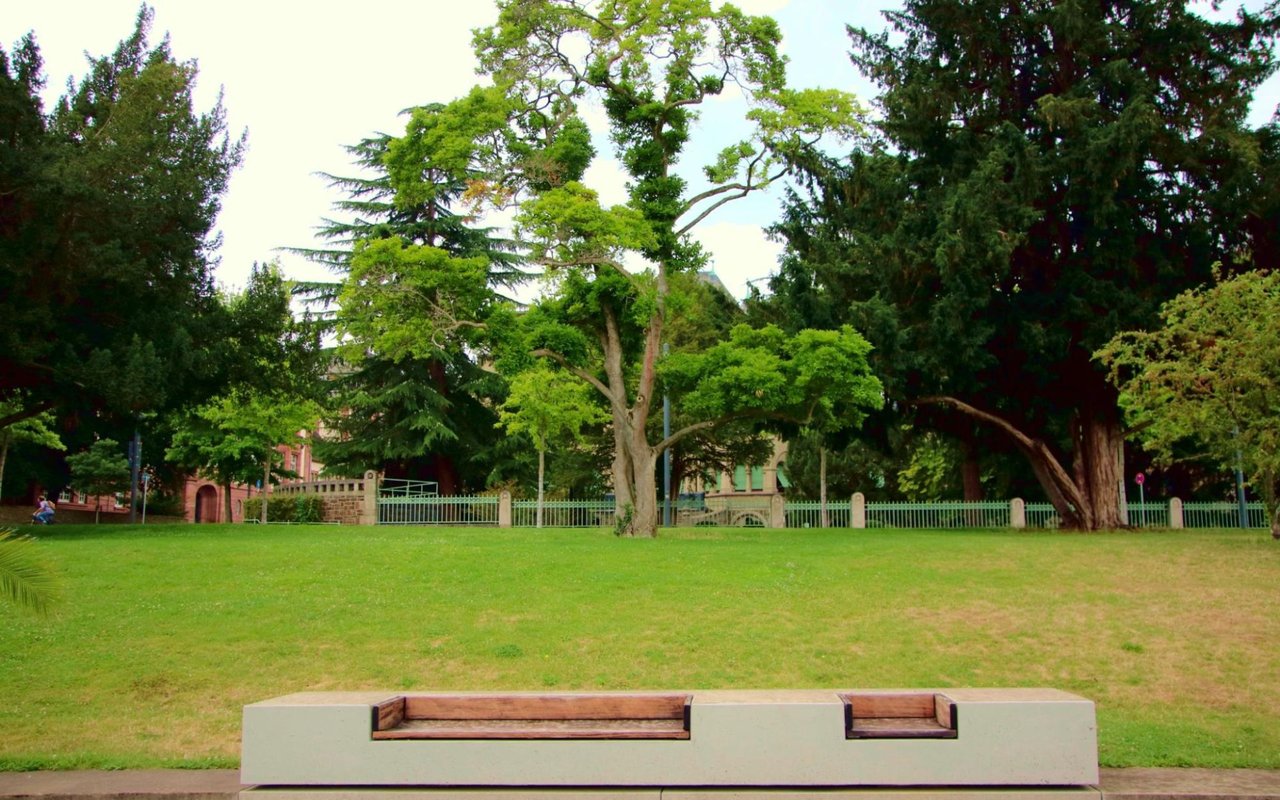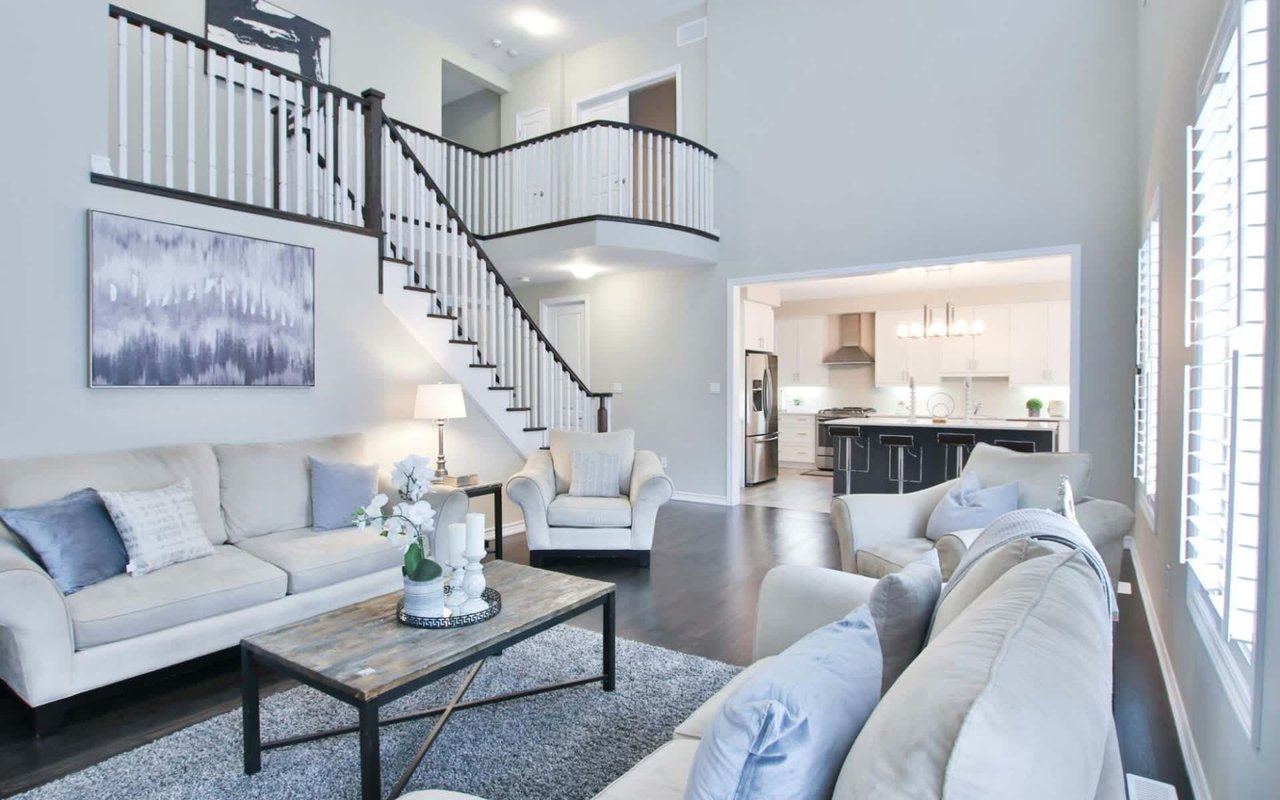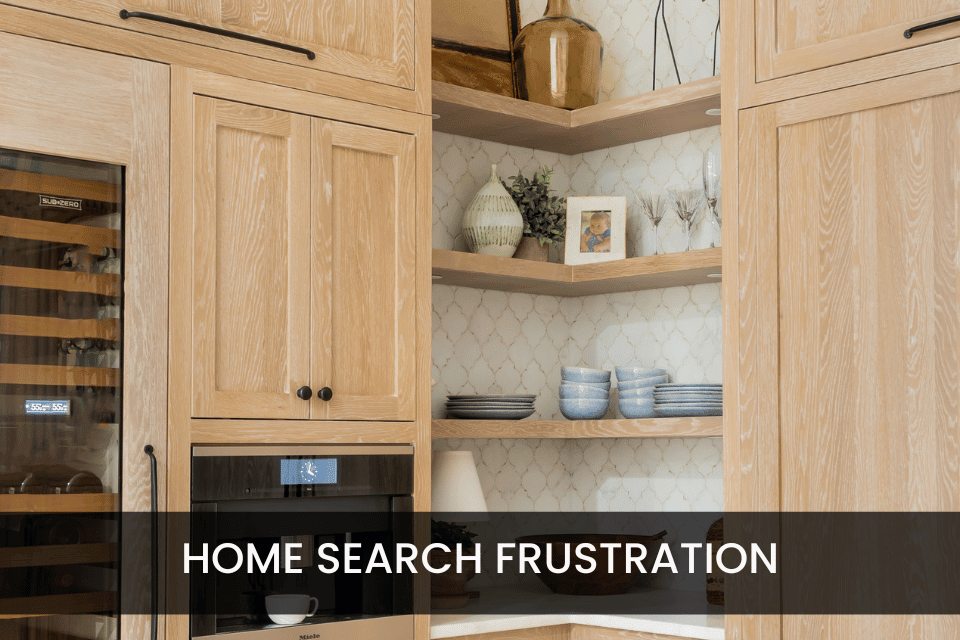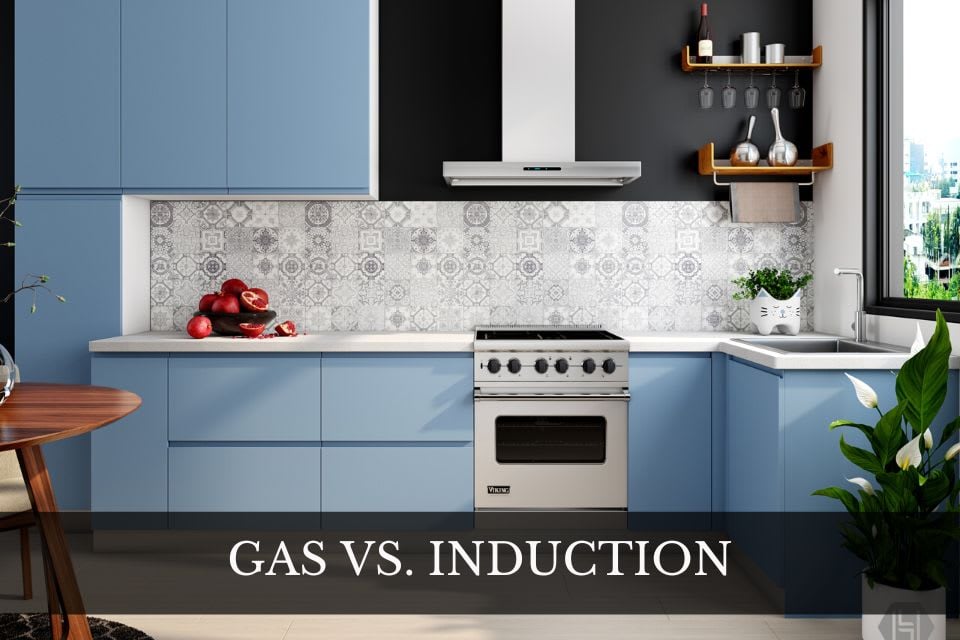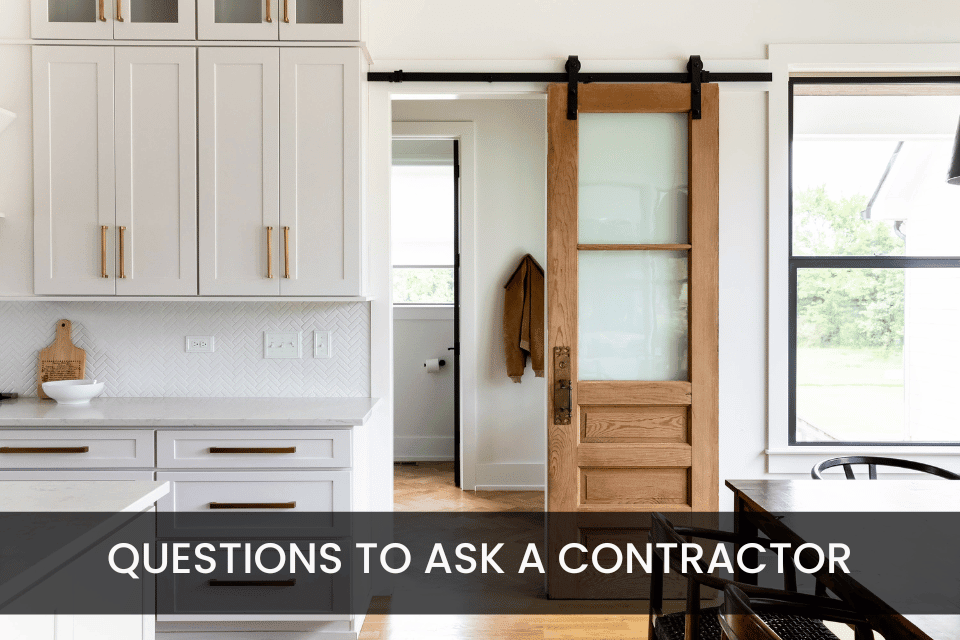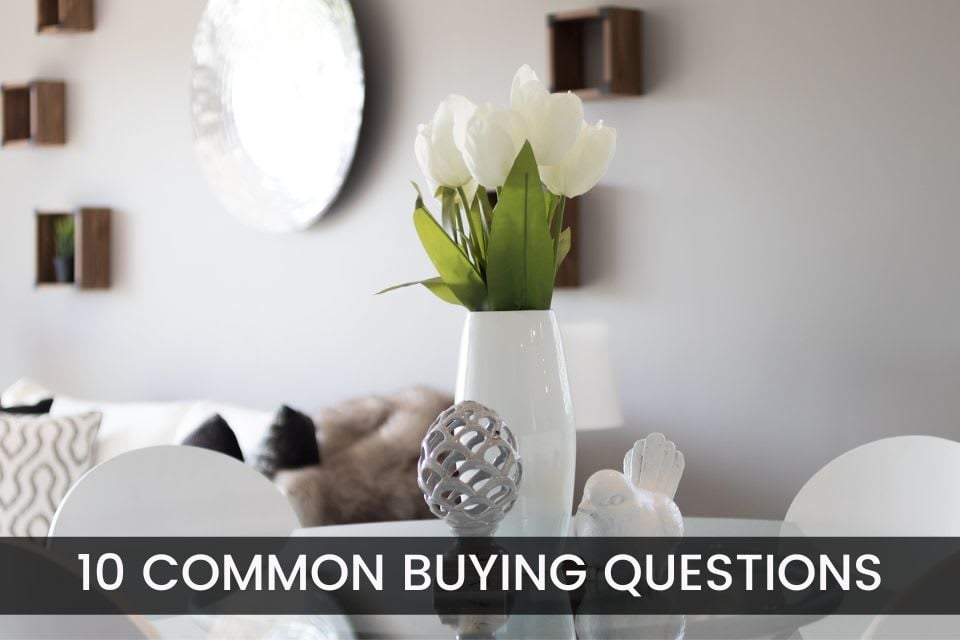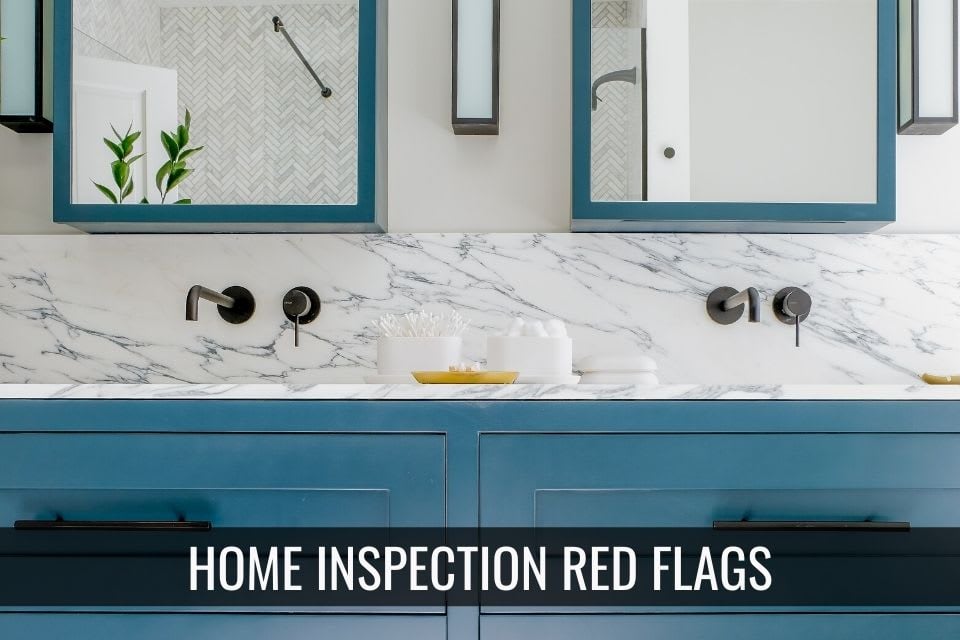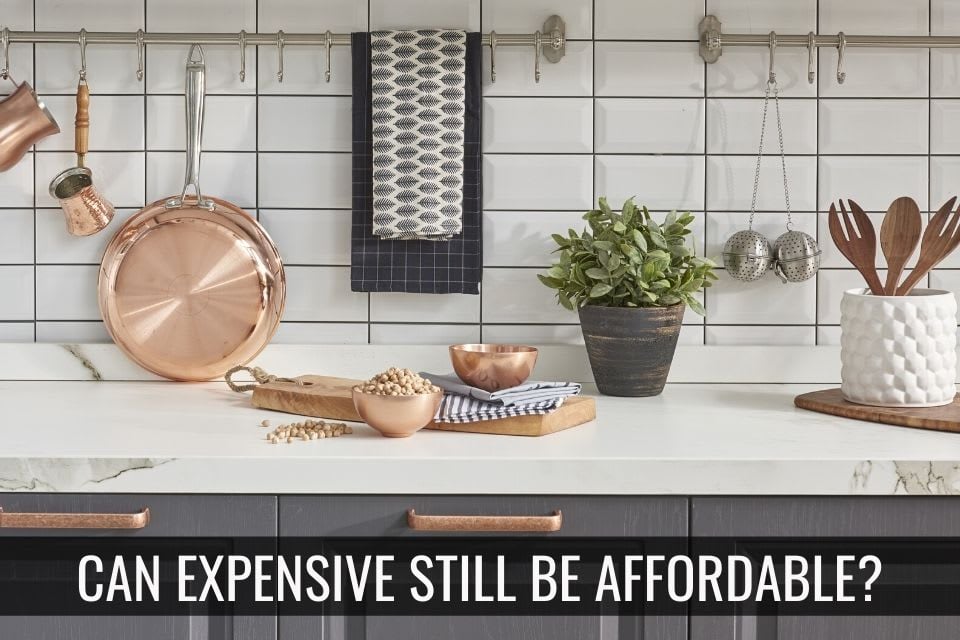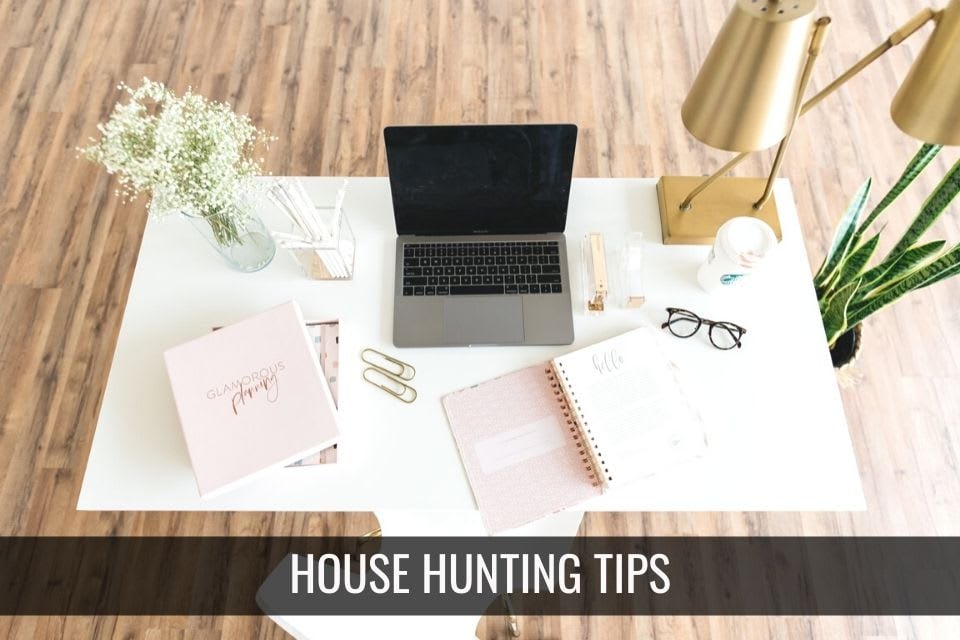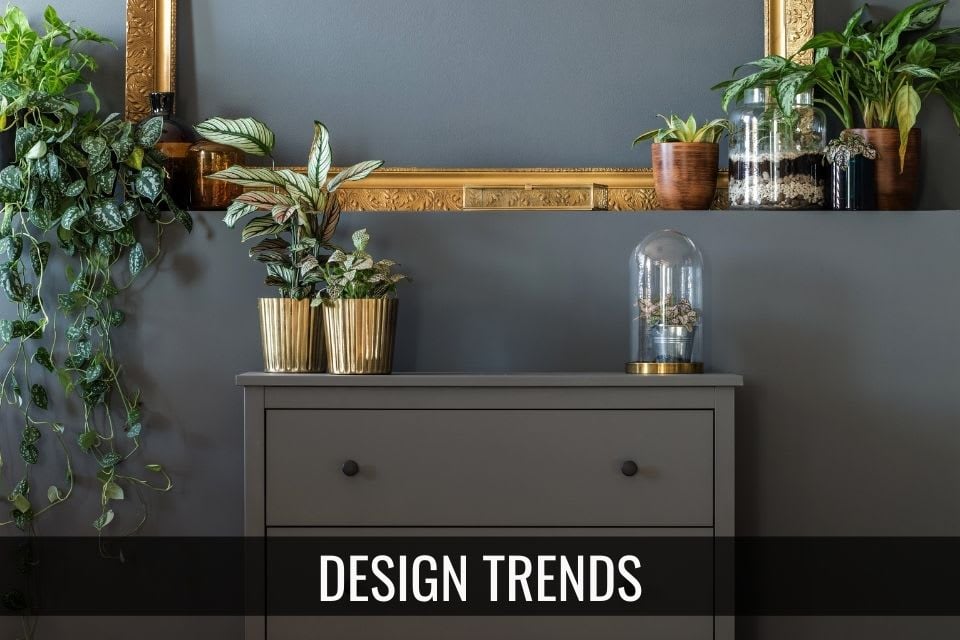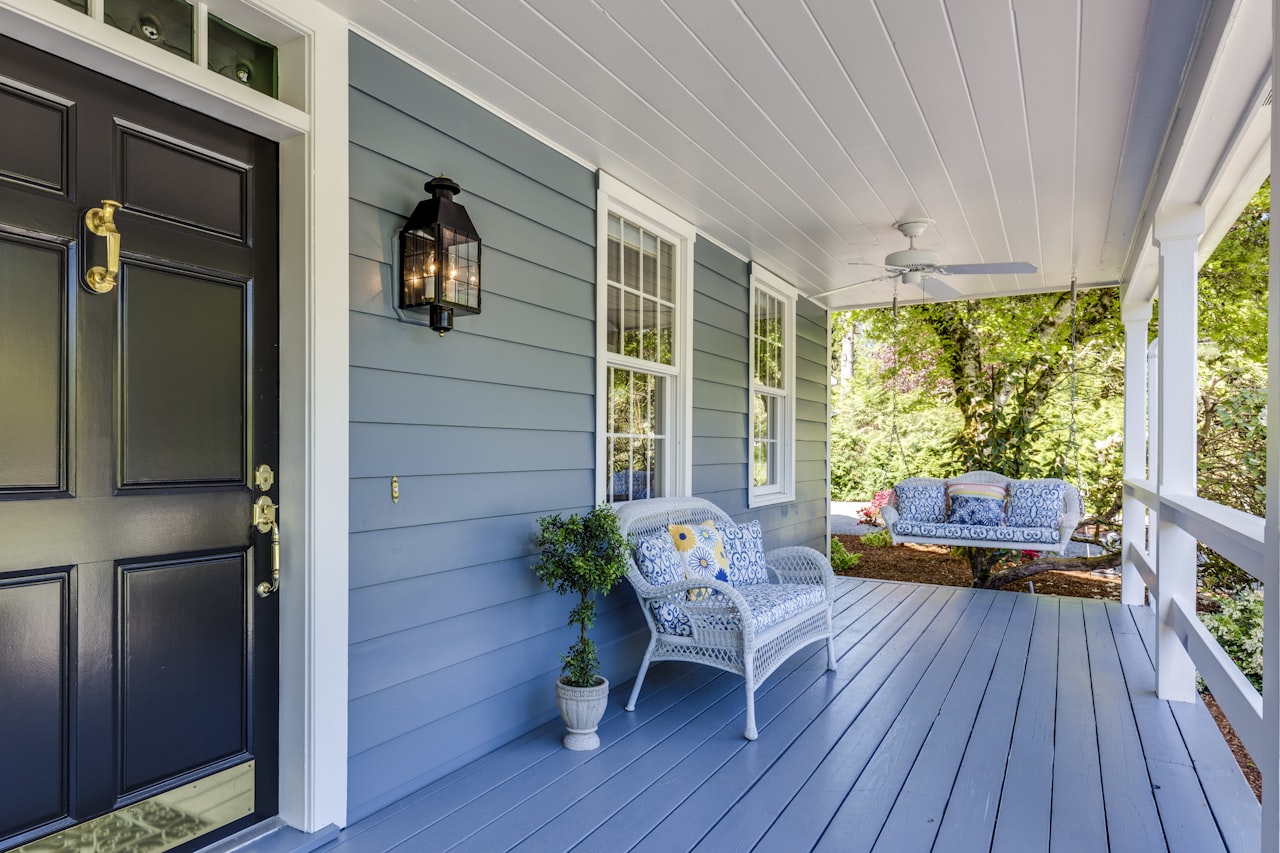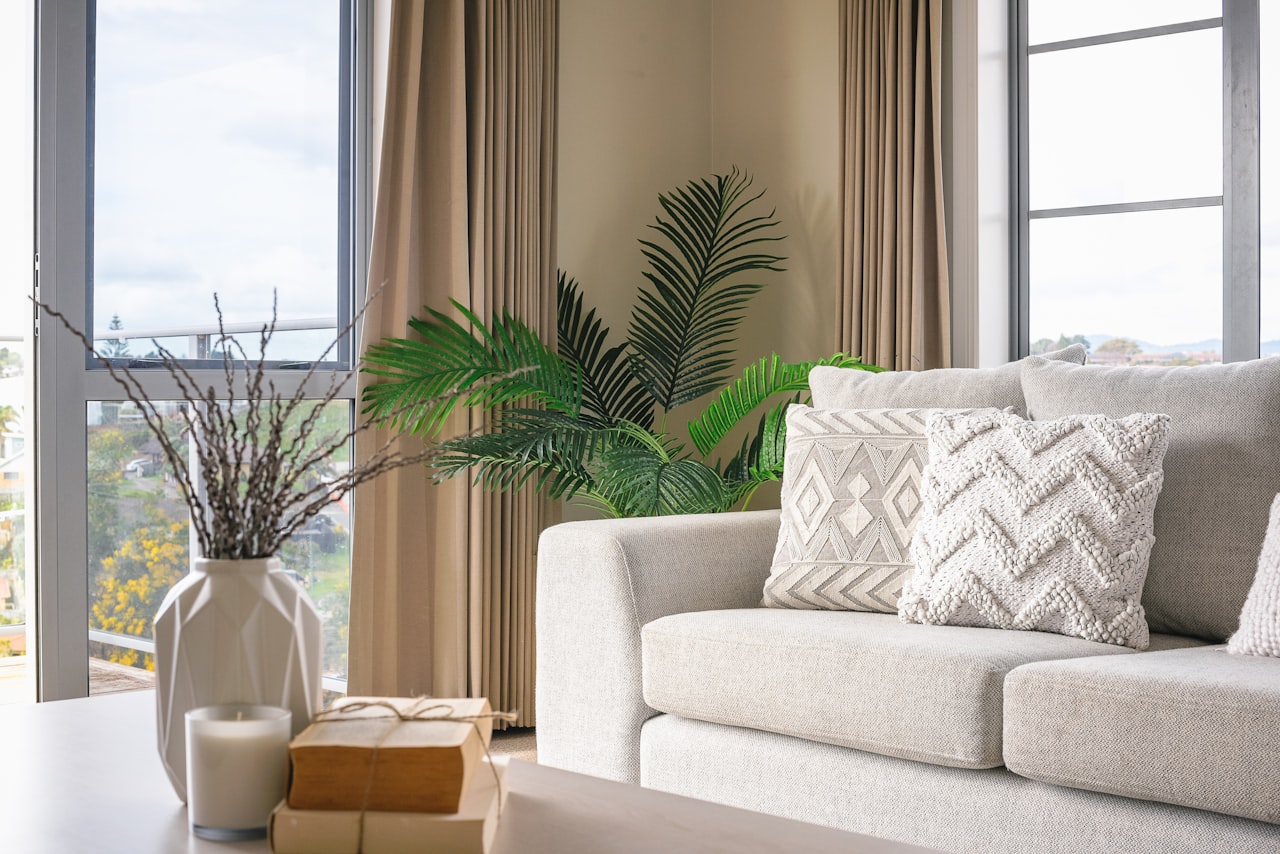One part of selling and getting your home "market-ready" is determining how you will present your home to potential buyers. More than one seller has been surprised to find that certain items - like their child's prized space-themed ceiling fan - is not theirs to take when they move. Some home sellers might be especially confused when confronted with an exclusion form presented by their agent, but understanding what is, and is not included in the sale is important to avoid disappointment on both sides.
Items in a home fall into two main categories in real estate - fixtures and chattel, or personal property. If the item is nailed down, bolted, mounted, or planted, it is considered a fixture and is sold with the house. This covers a wide range of items both inside and outside the home. This might seem simple enough, but the debate about what constitutes a “fixture” has caused many post-sales lawsuits. Fixtures will stay with the home unless specifically excluded.
Outdoor items are subject to the same rules. Anything planted in the yard goes with the home, as does furniture or other items bolted to the ground. In that scenario, an arbor or patio cover bolted to a concrete slab would stay.
Fixtures
If there are fixtures that you would prefer to take with you when you move, it is best to install replacements prior to marketing and showing your home. Some examples of fixtures may include:
Built-ins: Built-in bookshelves, benches, and pull-out furniture generally stays inside the home.
Custom-fit items: If you have custom-made curtains, plantation shutters, or blinds, leave them on the windows and doors.
Hardware: If you upgraded the knobs and drawer pulls in your bathrooms and the kitchen, you’ll either have to leave those behind or install replacements before you show the house.
Landscaping: Trees, shrubs, and any flowers planted in the ground should stay in the yard.
Light Fixtures: Ceiling fans, chandeliers, pendants, anything that is directly wired into your home stays. Anything that plugs in and can be removed without damage, is not considered a fixture. If you love your island pendants that have been discontinued and want to use them in your future home, just replace them prior to marketing the home.
Wall mounts: If you have TV wall mounts or picture mounts that might damage the wall if you remove them, it is a good idea to leave them in place when you move.
Remember if you plan to take a particular fixture, it is best to replace it prior to marketing and showings. Don't show it if you don't plan to have it go with the house. Even if an item is listed in an exclusions form, it is bad practice to leave exposed wiring for the buyer.
Personal Property
While you’re expected to leave some items behind, in general your belongings are yours to keep. Here are some examples:
Appliances: Some lenders require that a home have an oven installed before approving a loan, but for all other appliances, it’s up to you to decide what you will take and what you will offer as part of the home. While it may be customary for a seller to leave a refrigerator and washer and dryer, it is not required. Unless a fridge is built-in, it is usually considered personal property and can therefore be removed with the sale of the home.
Built-in kitchen organizers: Silverware organizers may be removed and taken as long as removal will not damage the drawer.
Decor items: Small decor items like rugs or curtains that can be removed without damaging the walls and floors can be taken.
Patio furniture, lawn equipment, and play sets: If you have a trampoline in the backyard and a patio set on the screen-in porch, take those items with you.
Sometimes you will not have use of certain item of value in your future home, offering them can be an incentive for a prospective buyer to sweeten the deal.
Potential "Gray" Areas
Home Theater System: Speakers that are part of the wall are fixtures, but surround sound speakers that are mounted to the wall need to be spelled out in the contract.
Smart Home Devices: Many smart home devices, such as an Amazon Echo, simply plug into the wall – or are entirely cordless – making them easily moveable. These types of devices are likely to be considered personal property of the seller. Other smart devices, such as smart switches, smart thermostats, smart doorbells, and security cameras, may be hardwired, which would firmly place them into the “fixtures” category.
Window Treatments: Curtains and drapes are considered personal property and do not stay with a home. Curtain rods and Blinds, however, are attached and therefore remain with the house. Custom curtains created for a certain space are considered fixtures, but regular curtains or not.
Control Boxes: Some systems in the home, like the sprinkler system or an invisible dog fence, need control boxes to function. If you are taking the controllers for these systems, it should be stated in the contract.
If you are ready to buy or sell a home in Farragut, make sure to discuss with Lisa what you want to add or exclude to the sale so that communication is clear between you and the other buyer/seller. This is the best way to avoid disappointment at best or a courtroom at worst.

